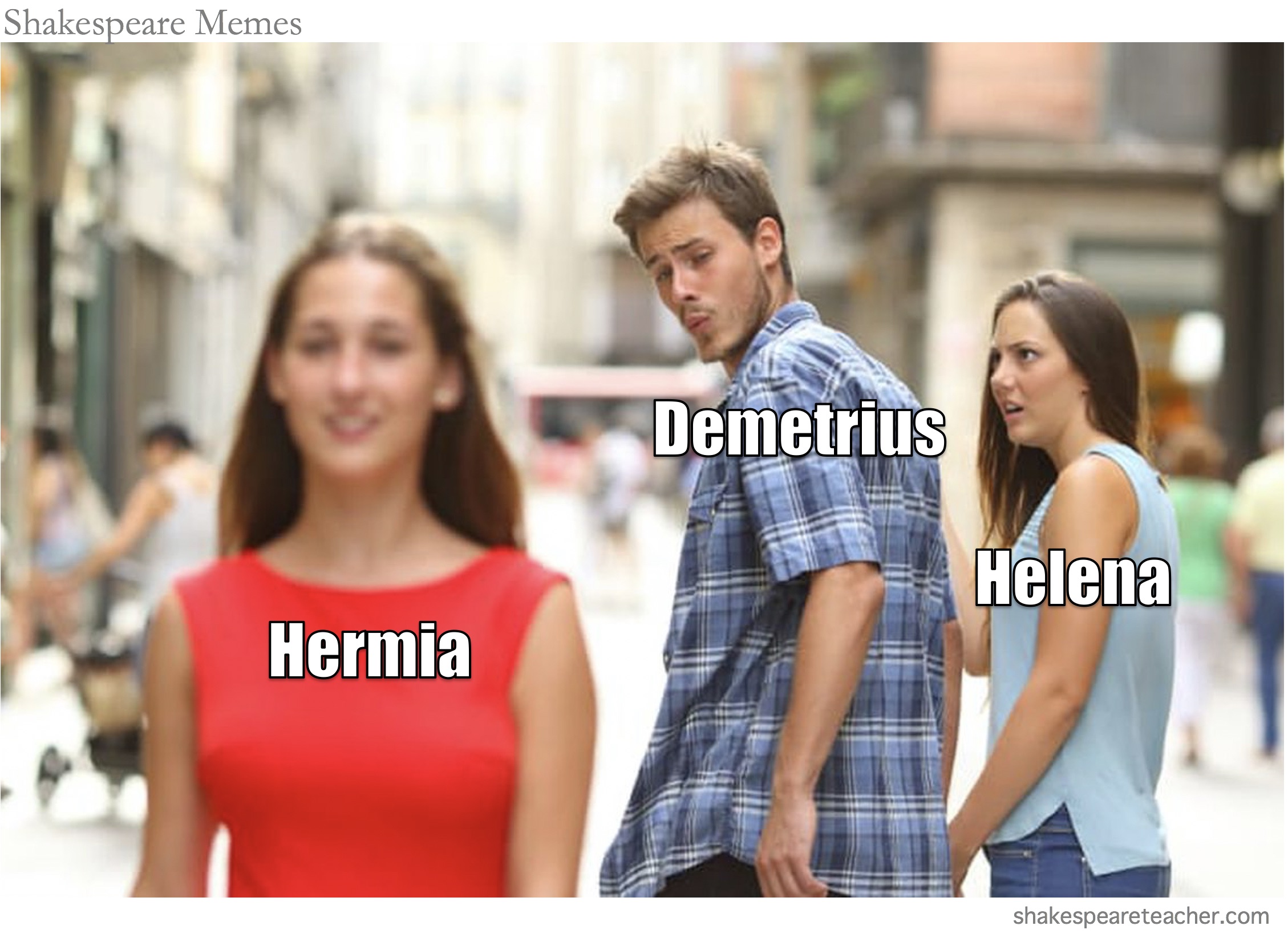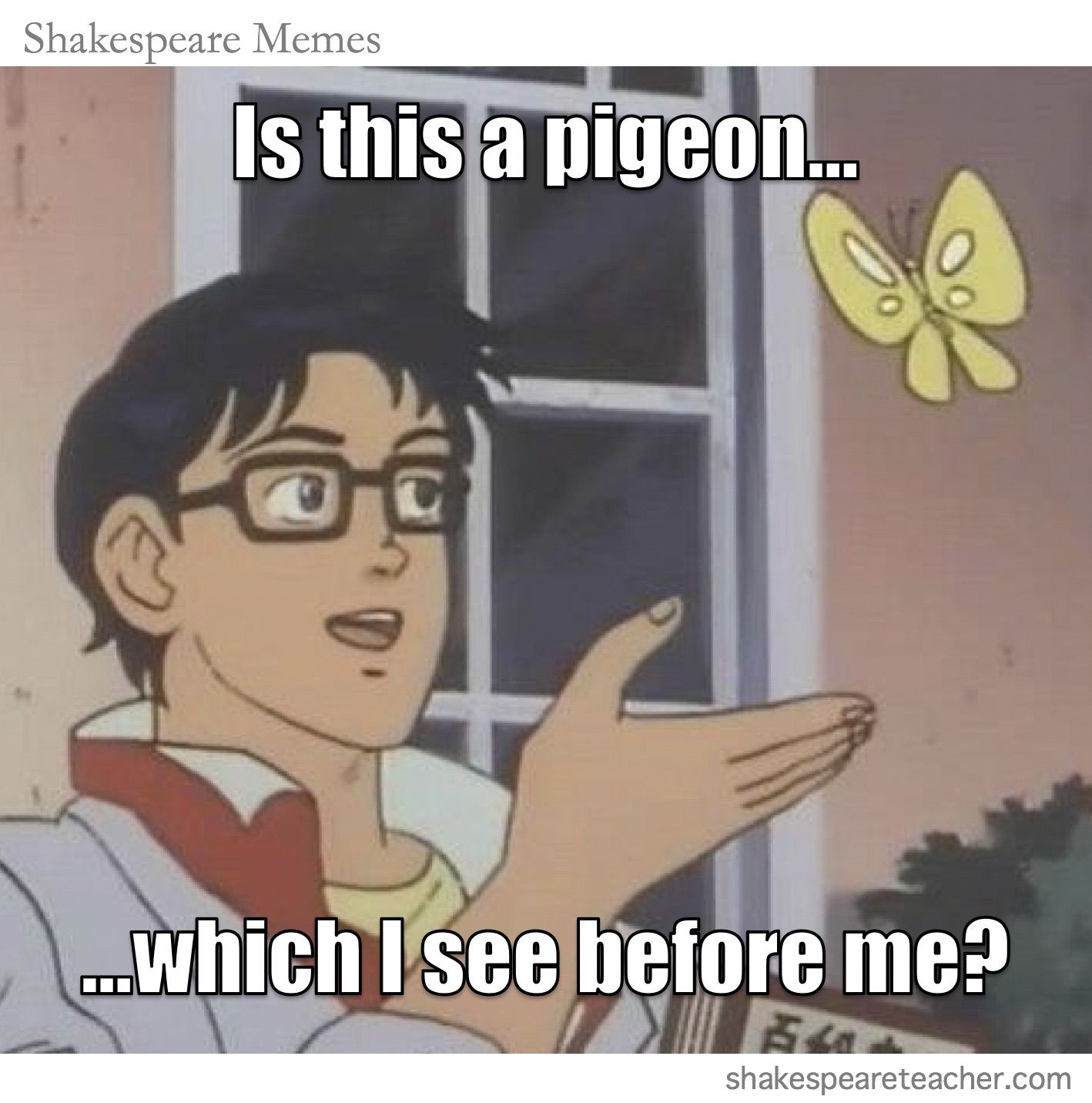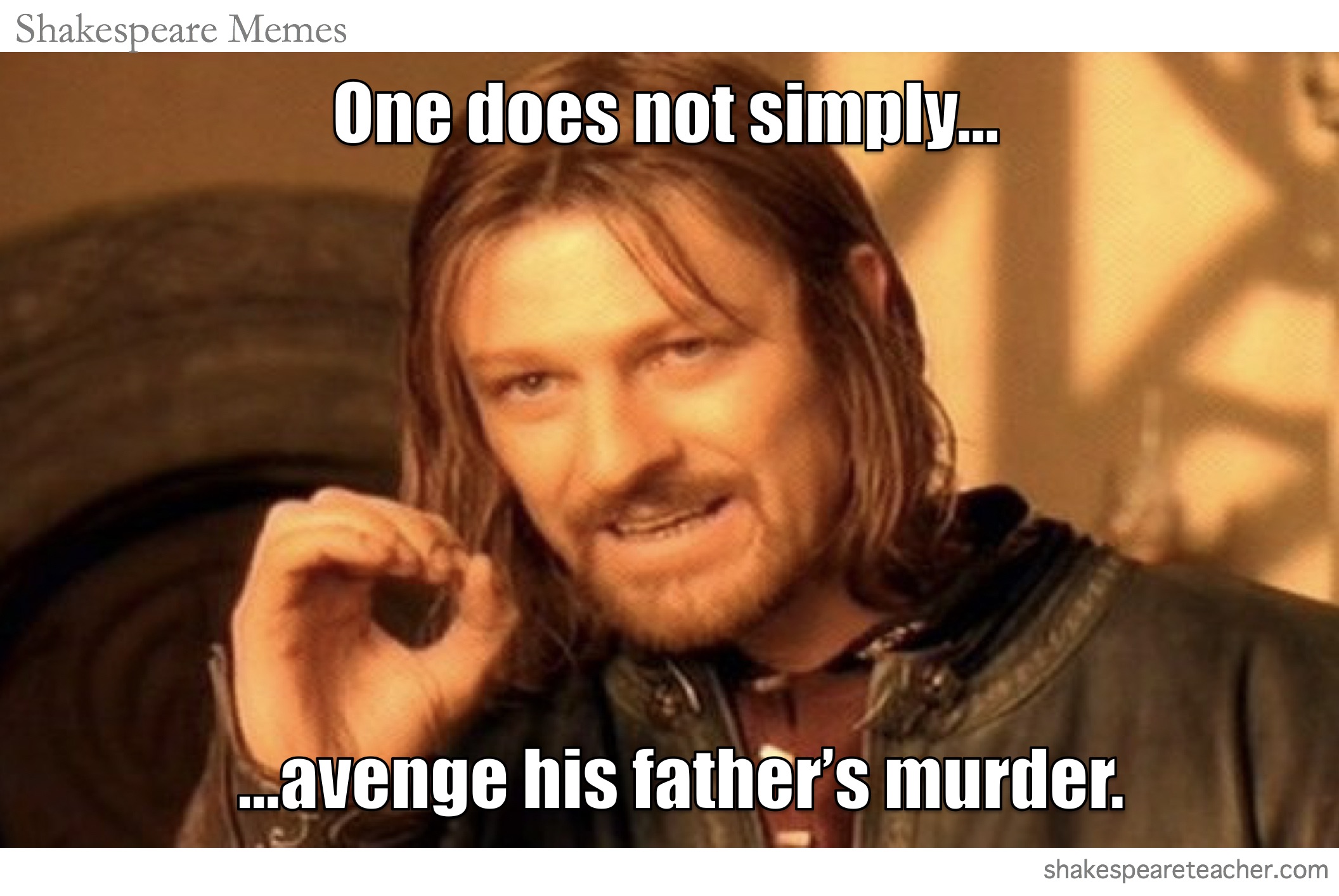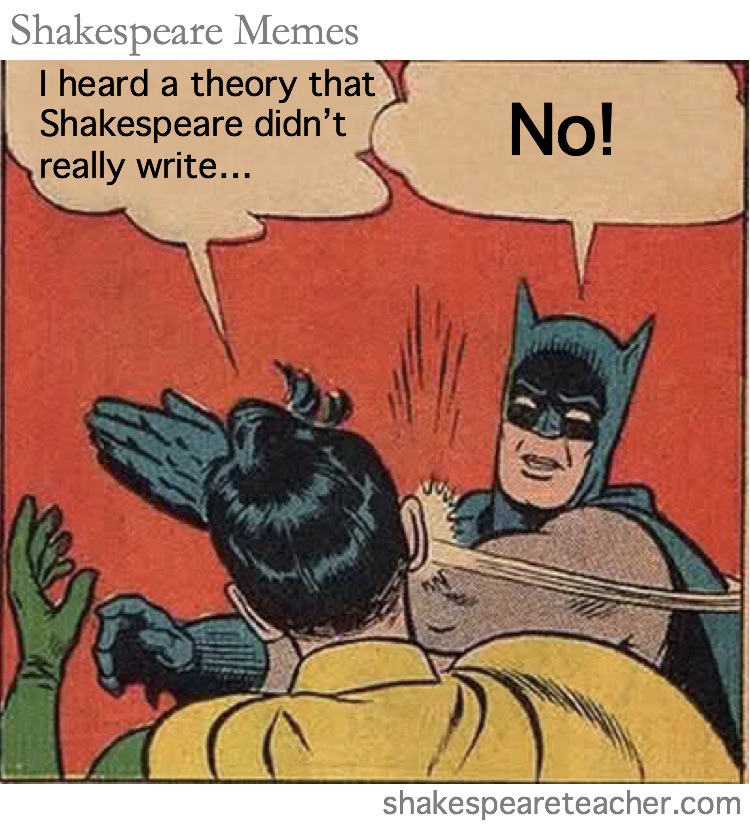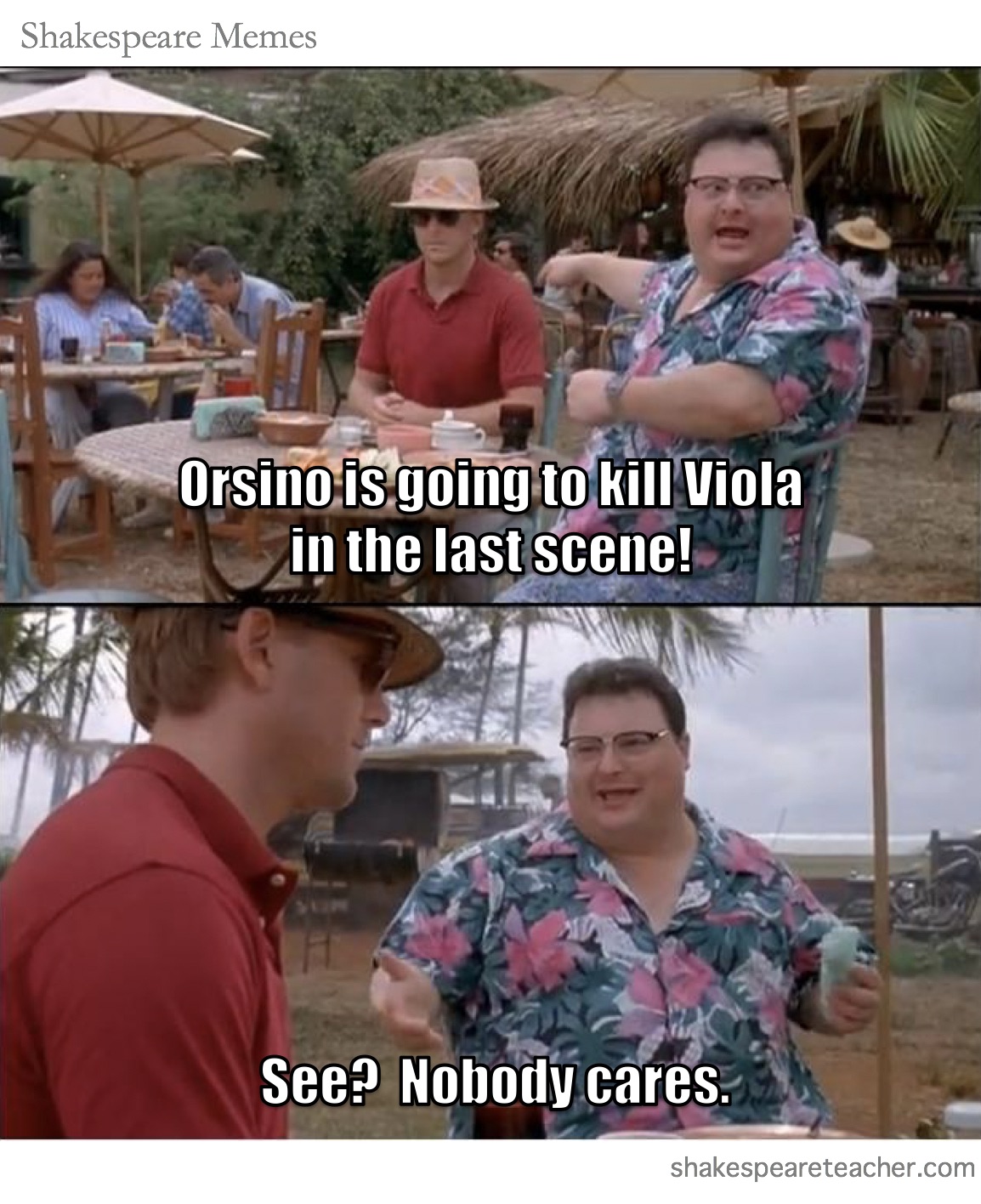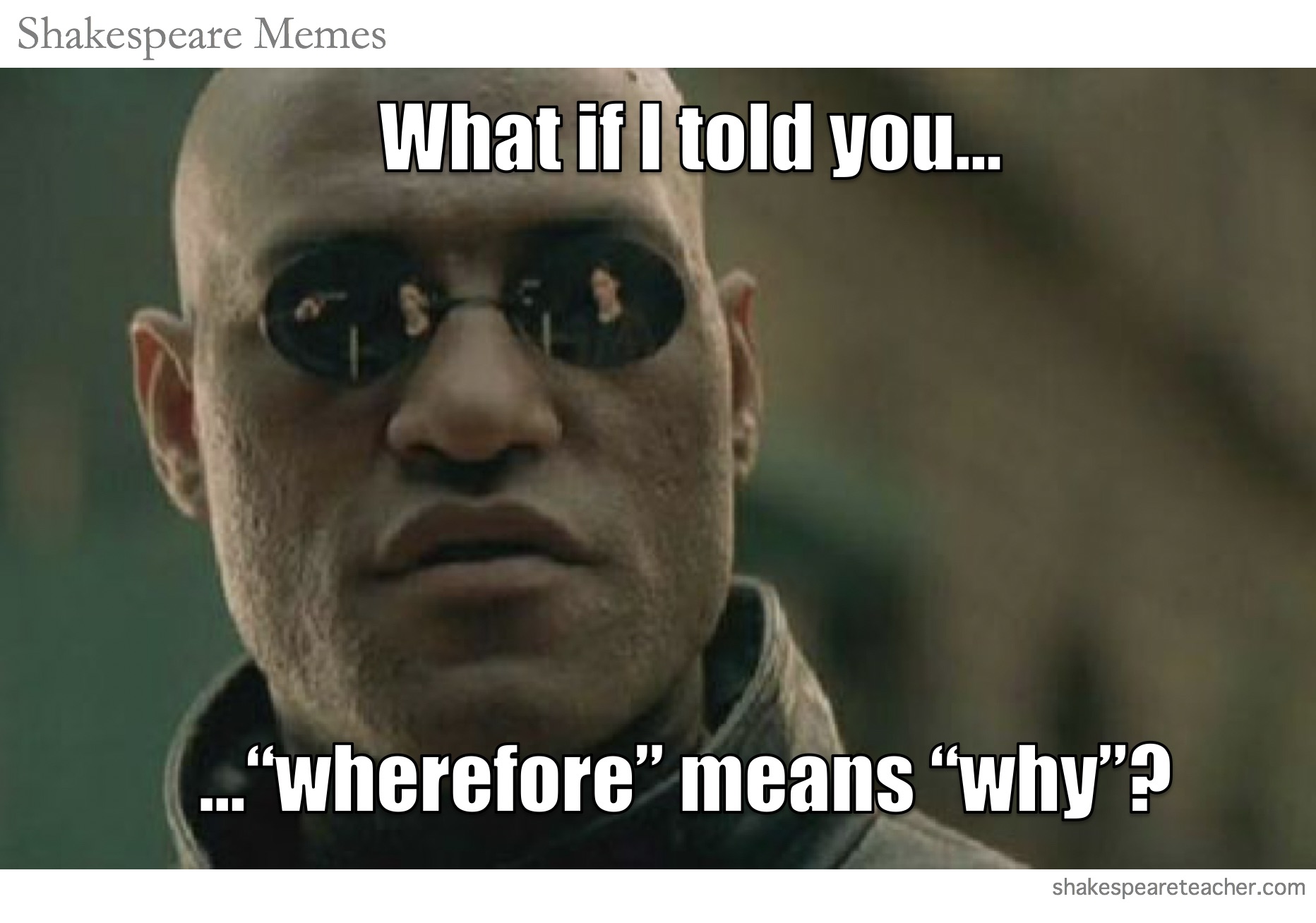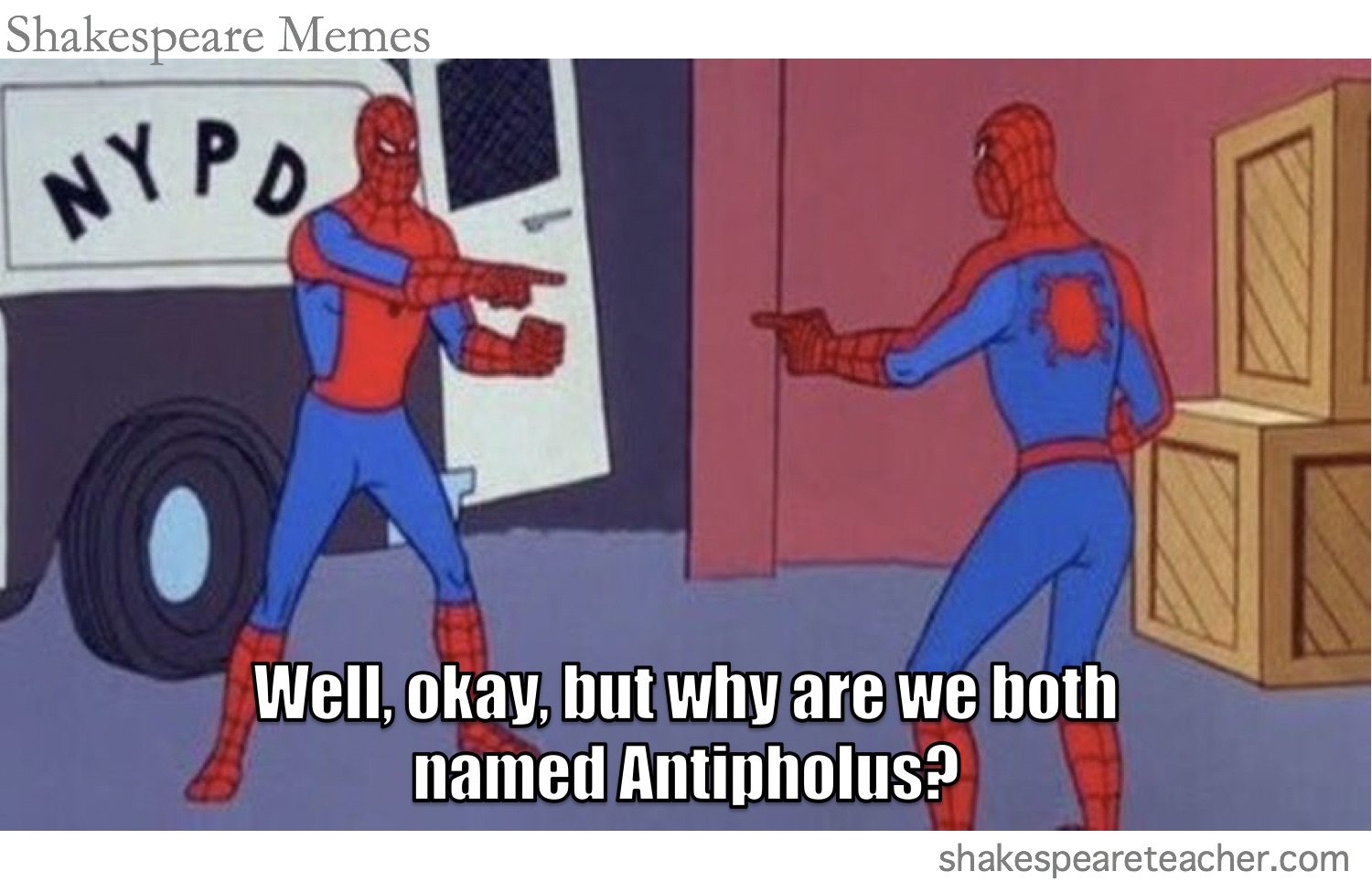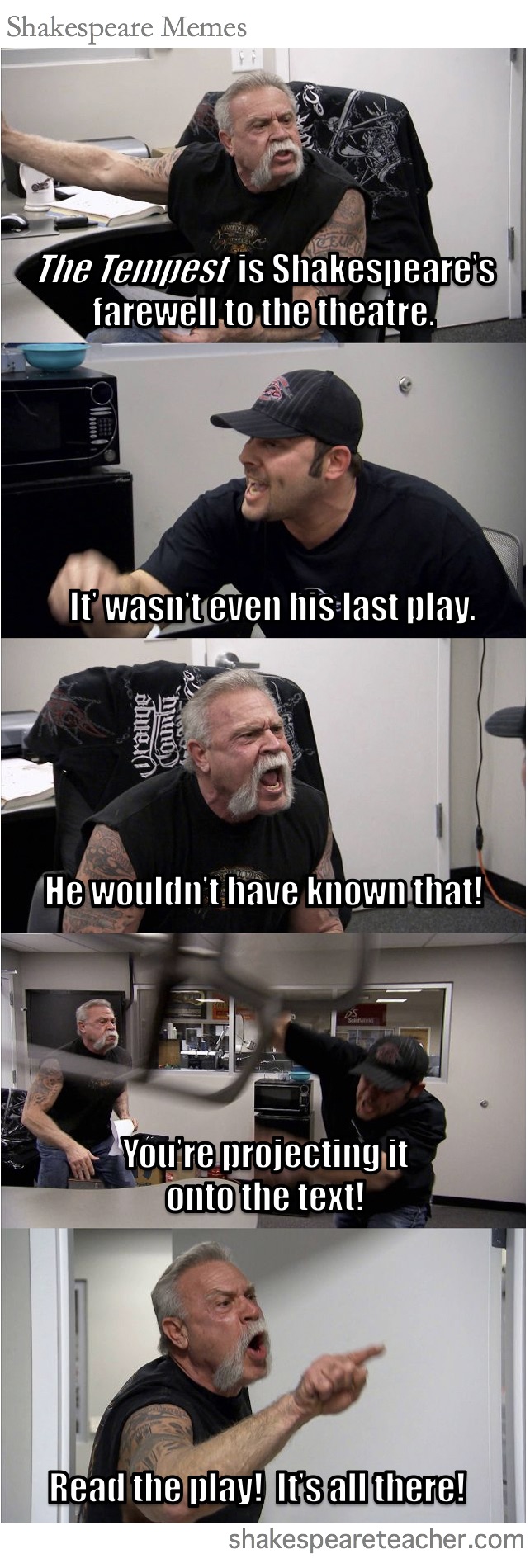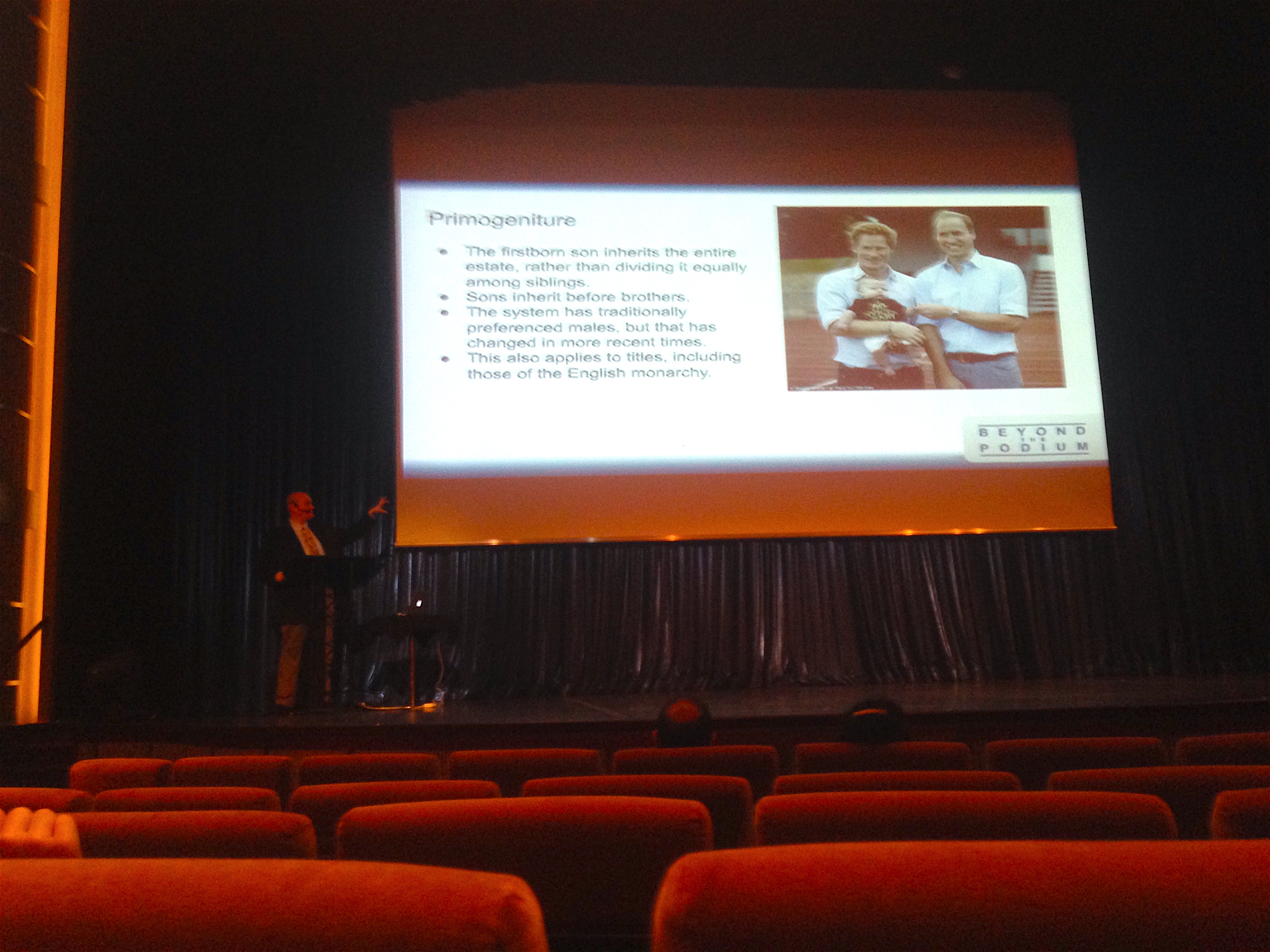Sixteen Years?
Sunday, January 1st, 2023Yesterday, I skipped the Year in Review feature I usually do on December 31. The reason for this is simple. I did not blog at all in 2022. My last post is literally the Year in Review feature from December 31, 2021. I didn’t even do a “Fifteen Years” post on January 1, like I usually do and like I’m doing now.
So this year’s January 1 post has a question mark. Am I really celebrating sixteen years of blogging when I only actually blogged for fifteen of those years? Or am I instead marking a birthday. The blog is indeed sixteen years old today.
2022 was a pretty lousy year for me. I spend most of it unemployed, begging and borrowing, temping and tutoring, gigging and gagging, trying to stay afloat for another week. It was a lousy year, but it had a happy ending, and I’m hoping 2023 will be a better year because of it.
In November, I got a job as a high school English teacher. I am teaching classes of 9th and 11th grade students. And will I get the chance to teach a certain Renaissance writer who may come up from time to time? Yes, I will. I’ll be teaching Romeo and Juliet to the 9th grade classes and Macbeth to the 11th grade classes in May and June.
So there should be more to write about this year, now that I’m a Shakespeare Teacher.
And the creative project I mentioned last year, Project Bootstrap? I can tell you now that it’s a novel, and I’ve done a lot of work on it in the past year. I still have a long way to go before I’m ready to approach publishers, but I have a lot of passion for the project and look forward to enjoying the process of writing it. Maybe I’ll check in here from time to time to discuss my progress.
Happy New Year!
